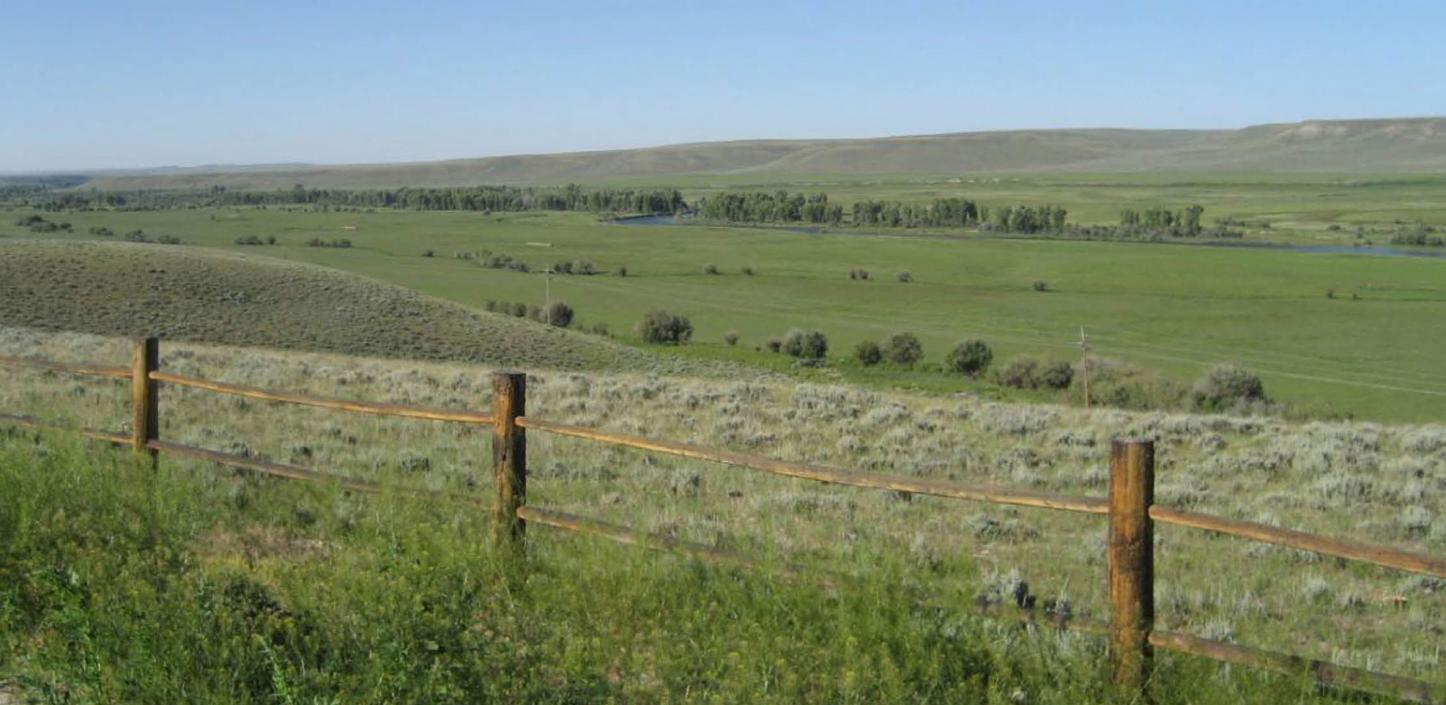
Conserving Wyoming's wide open spaces
The Sommers family has worked a cattle ranch in the Upper Green River Valley of Wyoming for generations. But over the past few decades, Albert Sommers has watched as much of the privately held land in their region changed hands and fragmented, becoming sites for homes and energy development.
As those working landscapes broke apart, so did the once tight-knit ranching community.
“The ranching community is a very close-knit community,” Sommers said, “and what’s happened over time is that we’ve lost parts of that community. … My friends aren’t here. My neighbor is not here anymore. It’s just kind of fragments.”
About 10 years ago, Sommers and his family began hatching a plan to preserve the open land for the benefit of both wildlife and ranchers. He reached out to state wildlife officials and remaining members of the local ranching community, letting everyone know the Sommers family had decided to pursue conservation easements to preserve the landscape. Their goal, he said, was to “make sure that this ranch would be suitable for agriculture and wildlife in perpetuity.”
Maggie Miller, a neighboring rancher, joined the Sommers family to launch what would become the Sommers Grindstone Conservation Project. The ranchers hoped to jointly preserve 19,000 acres, bordered on both sides by already protected, federal land. They also looked at the Green River itself, which is the lifeblood of the ranching community and a critical resource for wildlife in this dry and spectacular landscape.
The Sommers Grindstone Conservation Project took a major leap forward when it won a grant from Acres for America, a unique program established by Walmart and the National Fish and Wildlife Foundation.
Acres for America began in 2005, when Walmart made a commitment of $35 million to purchase and preserve one acre of wildlife habitat in the United States for every acre of land developed by the company, at the time projected to be about 138,000 acres.
By funding conservation efforts such as the Sommers Grindstone Conservation Project, Acres for America has grown into one of the most effective public-private partnerships in the history of U.S. conservation efforts. In its first 10 years, the program has funded 61 projects in 33 states, the District of Columbia and Puerto Rico. Acres for America has far surpassed its initial goal, with more than 1 million acres protected — an area comparable in size to Grand Canyon National Park.
Though Acres for America has protected landscapes across the nation, its impact is particularly beneficial in the American West, where residential development and fragmentation of privately held ranches have disrupted wildlife migration corridors and degraded critical wildlife habitat along precious waterways.
“These big expanses of sage brush, a lot of them in the western United States are federal lands,” Sommers said. “But the river corridors where everything concentrates — where the wildlife concentrates and the cattle concentrate — are very important lands, and those are owned by ranchers.
“So you hope that by conserving those ranches, you conserve and preserve that opportunity for wildlife. It’s all about preservation of landscape, because without the entire landscape, wildlife can’t function, and without the entire landscape, we as ranchers can’t function.
“So we’re kind of in this arm and arm together, though sometimes we all don’t know it.”
The conservation of ranches such as the Sommers and Grindstone provides immediate and long-lasting benefits to a range of important wildlife species, including sage grouse, mule deer, pronghorn, moose, long-billed curlews, sandhill cranes, trumpeter swans, boreal chorus frog, mountain whitefish and cutthroat trout. On the Sommers Ranch, the public also gained access to the river, with an expanded fishing access program that aims to be compatible with the ranching uses of the property.
Conservation efforts such as the Sommers Grindstone Conservation Project are also meant to preserve habitats for another dwindling resident – the American rancher.
“By doing this, I hope we’re bringing in another generation that’s going to take over this ranch. My hope is that we can continue that culture and continue that agriculture on the landscape.”